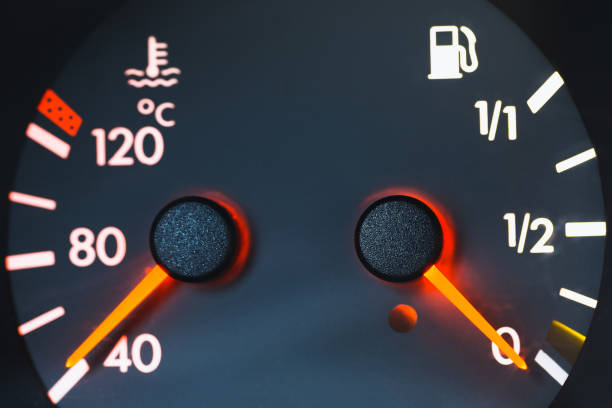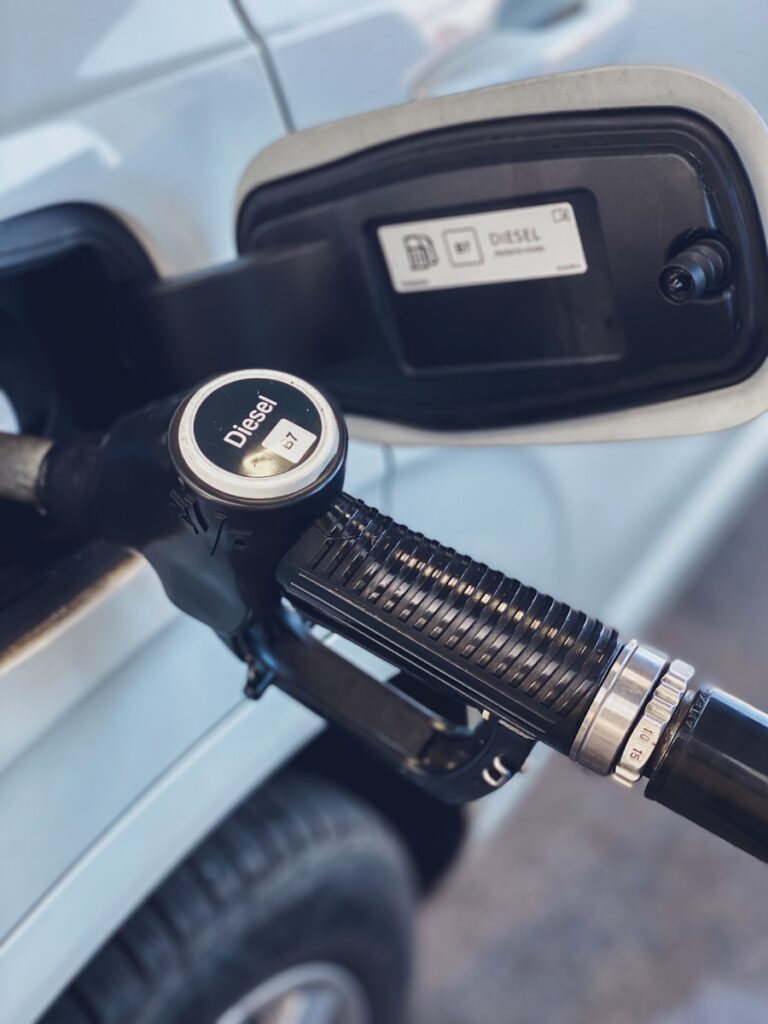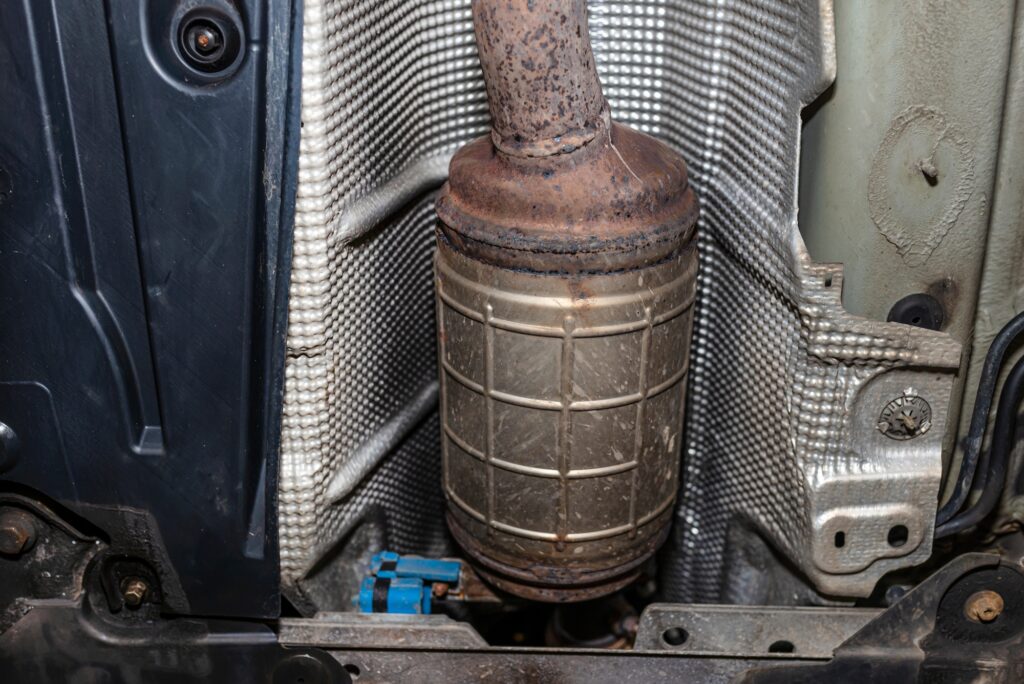The Complete Guide to AdBlue Solutions of automotive technology, compliance with environmental regulations is critical. One such solution that has garnered attention in recent years is AdBlue, a fluid used in modern diesel vehicles to reduce harmful nitrogen oxide (NOx) emissions. AdBlue is vital for ensuring vehicles meet stringent emission standards, particularly in Europe, where regulations are progressively tightening. This guide will take you through the importance of AdBlue, how it works, and how you can maintain your vehicle’s AdBlue system to ensure compliance and optimal performance.
What is AdBlue?
AdBlue is a brand name for a synthetic urea solution, typically composed of 32.5% urea and 67.5% deionized water. It is injected into the exhaust system of diesel vehicles as part of the Selective Catalytic Reduction (SCR) technology. SCR technology is designed to reduce harmful nitrogen oxide (NOx) emissions produced by diesel engines, turning these harmful gases into harmless nitrogen and water vapor.
Since its introduction, AdBlue has become a standard feature in modern diesel vehicles, helping manufacturers meet strict emission standards like Euro 6, which aims to reduce harmful pollutants from vehicles significantly.
How Does AdBlue Work?
AdBlue works by being injected into the exhaust gas stream, where it reacts with nitrogen oxides (NOx) in the exhaust system. The chemical reaction occurs in the SCR catalyst, where the AdBlue breaks down the NOx into nitrogen and water vapor, both of which are harmless to the environment.
The SCR Process:
- Injection: AdBlue is injected into the exhaust pipe by a metering system.
- Chemical Reaction: As the exhaust gases pass through the SCR catalyst, the AdBlue decomposes into ammonia, reacting with the nitrogen oxides (NOx).
- Neutralization: The ammonia neutralizes the NOx, converting it into harmless nitrogen and water vapor.
- Clean Emissions: The purified gases are expelled through the vehicle’s exhaust system, significantly lowering harmful emissions.
By effectively neutralizing nitrogen oxide emissions, AdBlue helps diesel vehicles comply with global emission regulations and contributes to reducing environmental pollution.
Why is AdBlue Important for Your Vehicle?
With increasing pressure on the automotive industry to reduce vehicle environmental impact, manufacturers are using AdBlue to meet stringent regulatory standards. Without AdBlue, a diesel vehicle may not pass emission tests, leading to penalties, potential fines, or the inability to register the vehicle in certain regions.
Key Reasons for Using AdBlue:
- Regulatory Compliance: AdBlue is essential for meeting stringent environmental standards like Euro 6, which is crucial for driving in many countries.
- Avoiding Penalties: Failing to use AdBlue can lead to fines and penalties, particularly in regions with strict emission laws.
- Improved Engine Performance: The SCR technology not only reduces NOx emissions but also helps to enhance engine efficiency, allowing for better fuel economy.
- Eco-friendly: AdBlue helps reduce the overall environmental impact of diesel engines, making vehicles greener and more sustainable.
Incorporating AdBlue into your vehicle ensures that it meets the modern environmental standards set by governments and helps mitigate the negative effects of vehicle emissions.
Maintaining Your AdBlue System
To keep your vehicle compliant and running smoothly, proper maintenance of the AdBlue system is crucial. The AdBlue system is relatively low maintenance, but like any other vehicle system, it requires attention. Here are some key maintenance tips to keep in mind:
1. Regular Refills
AdBlue is consumed by your vehicle over time, and it needs to be topped up regularly. Most vehicles have a dedicated AdBlue tank, and the level of AdBlue is monitored by the vehicle’s onboard computer. A warning light will illuminate on your dashboard when the AdBlue level is low, indicating it’s time for a refill.
Refilling is simple and can be done at fuel stations or by purchasing AdBlue from automotive retailers. Make sure to follow the recommended quantity for your vehicle to avoid running out of AdBlue, as the vehicle will go into “limp mode” if the AdBlue system is depleted.
2. Use the Right Quality of AdBlue
While AdBlue is a standardized solution, it’s important to use high-quality AdBlue to ensure your system functions properly. Lower-quality AdBlue can contain impurities that may clog the SCR system or damage the injection nozzles. Always use AdBlue that meets the ISO 22241 standard to guarantee its quality and compatibility with your vehicle.
3. Keep the AdBlue Tank Clean
Contaminants such as dust or dirt can enter the AdBlue tank and cause issues with the injection system. When refilling the tank, be cautious and ensure the nozzle is clean and free from contaminants. Over time, debris can build up, so regular inspection of the tank is recommended to ensure it remains clean.
4. Avoid Freezing
AdBlue has a freezing point of around -11°C (12°F). If you live in a cold climate, it’s important to monitor the temperature of the AdBlue tank. Some vehicles are equipped with heating systems for the AdBlue tank to prevent freezing, but in extreme cold conditions, you should ensure your vehicle’s system is working as intended to avoid any issues. If the AdBlue freezes, it can prevent the system from functioning, leading to engine performance problems.
5. Check for Leaks
Occasionally, inspect the AdBlue system for leaks. If you notice any, have them repaired immediately, as a leak can lead to the loss of AdBlue and potentially cause damage to the engine. Leaks can also impact the vehicle’s emissions, preventing it from meeting regulatory standards.
AdBlue Warning Messages and Their Meanings
Modern diesel vehicles are equipped with an intelligent onboard system that monitors the AdBlue system. If there is an issue, your vehicle will notify you with a warning message or light on the dashboard. Understanding these warnings is essential for ensuring compliance and maintaining vehicle performance. Here are some common warning messages you might encounter:
- Low AdBlue Level: This indicates that your AdBlue tank is almost empty and needs to be refilled.
- AdBlue System Malfunction: If there’s a problem with the AdBlue system, such as a sensor malfunction or clogged nozzle, you may see this message. In this case, it’s important to have your vehicle inspected by a professional.
- AdBlue Quality Issue: If the AdBlue quality is subpar or there are contaminants in the system, this message will appear. It’s essential to use the correct grade of AdBlue to avoid damage.
If you encounter any warning messages related to AdBlue, it’s important to address the issue immediately to avoid further complications and ensure compliance with emission regulations.
Common Myths About AdBlue
Despite its growing use, there are still several misconceptions about AdBlue. Let’s debunk a few common myths:
1. AdBlue is a Fuel Additive
AdBlue is not a fuel additive. It is injected into the exhaust system to treat emissions. Unlike fuel additives that mix with diesel fuel, AdBlue is a separate solution that only interacts with the exhaust gases.
2. Running Out of AdBlue Will Damage Your Vehicle
While running out of AdBlue can cause the vehicle to go into limp mode, it will not directly damage the engine. However, if the vehicle is operated without AdBlue for an extended period, it may lead to issues with the exhaust system and the SCR technology. It’s best to refill the AdBlue tank as soon as the warning light appears.
3. All Diesel Vehicles Need AdBlue
Not all diesel vehicles require AdBlue. It is only necessary in vehicles equipped with SCR technology, which is common in newer diesel vehicles. Older diesel vehicles or those without SCR do not use AdBlue.
The Future of AdBlue and Diesel Technology
As emission regulations continue to tighten, the role of AdBlue in reducing NOx emissions is likely to become even more significant. Diesel technology will continue to evolve, and while electric and hybrid vehicles are gaining popularity, diesel engines remain a vital part of the global automotive landscape. AdBlue will play a critical role in ensuring that these vehicles meet the stringent emissions standards of the future.
Furthermore, innovations in SCR technology and alternative solutions for reducing emissions may make AdBlue systems more efficient and cost-effective in the coming years.
Conclusion
AdBlue is a vital component of modern diesel technology, helping vehicles meet emission standards and reducing their environmental impact. By understanding how AdBlue works, maintaining your vehicle’s AdBlue system, and staying on top of refills and quality, you can ensure your vehicle remains compliant with emission regulations. Whether you’re driving a diesel car, van, or truck, AdBlue is a crucial part of keeping your vehicle performing efficiently while protecting the environment.
With proper care and attention, your AdBlue system will serve you well for years to come, allowing you to stay compliant and keep your vehicle running at its best.
















